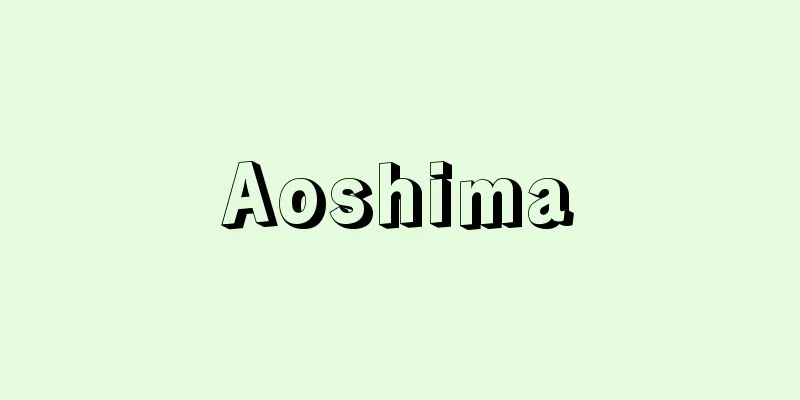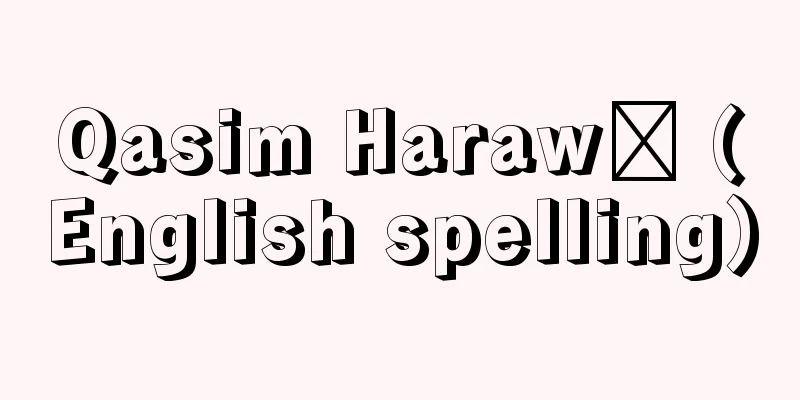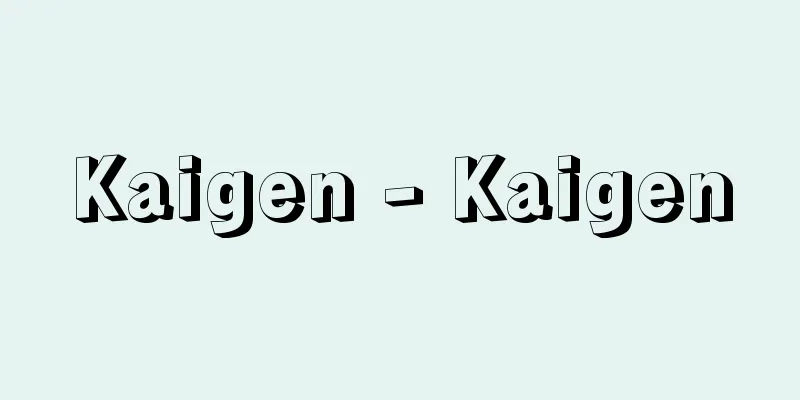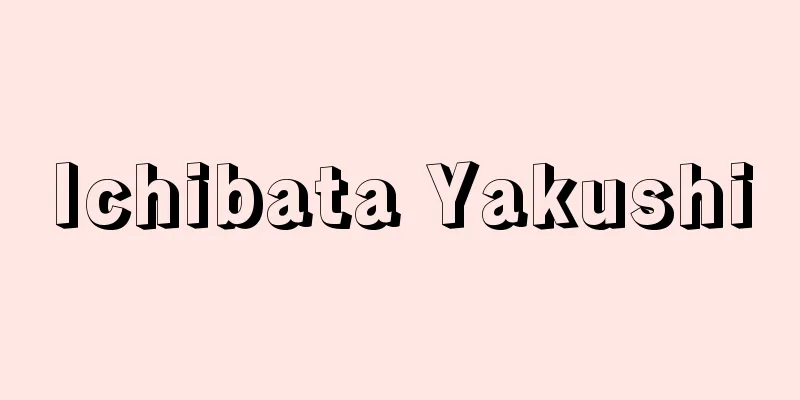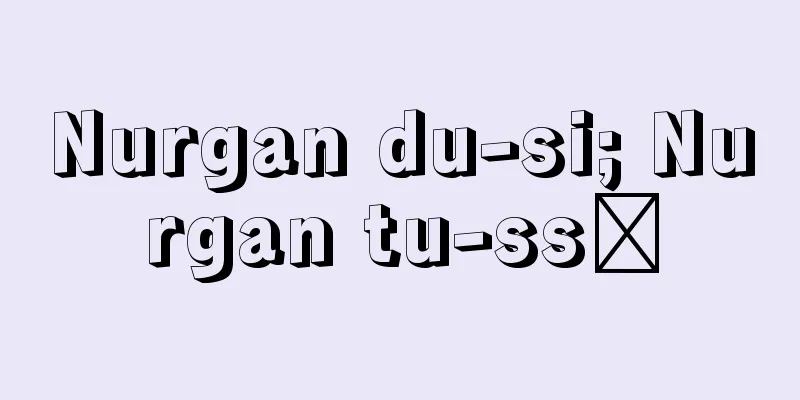Handshake - Inzo
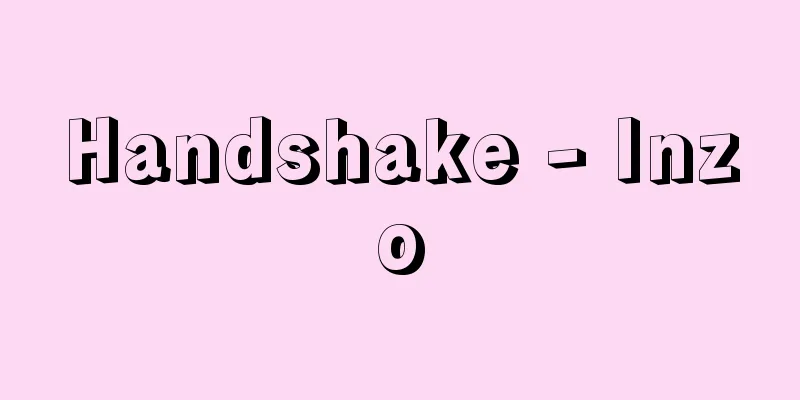
|
In Buddhism, a sign (seal) made by joining the fingers of both hands. It is also called mitsui-in (secret seal), ingei (seal), or simply mudra (seal). In Sanskrit, it is called mudra, transliterated as madara (mādāra). The meaning of "sign" is sometimes called udāna (sadhana) in Sanskrit, as in Volume 2 of the Mahāyāna Gisho, and can refer to a fixed and unchanging form. However, it usually represents the content of the inner enlightenment, vows, merits, and work of Buddhas and Bodhisattvas. In esoteric Buddhism, it is particularly important as a "banner" (a kind of symbol that expresses content through a form), and in a broader sense, it is an element of samayagyo (symbolizing objects), and also includes possessions. The oldest surviving diagram of mudras in Japan is said to be the Soshitsujigi Kigeiinzu from the Tang Dynasty in China (a national important cultural property owned by Kyoogokokuji Temple). There are many different types of mudras, but in the Mystic Seal Chapter of the Mahavairocana Sutra, the basic forms (mudras) are two types: the Six Types of Fist and the Twelve Joint Palms. The Six Types of Fist are (1) Lotus Fist, (2) Vajra Fist, (3) Outer Binding Fist, (4) Inner Binding Fist, (5) Wrathful Fist, and (6) Tathagata Fist. The Twelve Joint Palms reflect the process of Shakyamuni's subjugation of demons and enlightenment, and are classified into 12 types. (1) Nibida Gassho (putting the hands together with the five fingers extended), (2) Koshin Gassho (putting the hands together with the open mind), (3) Kutsumaragasa Gassho (putting the hands together with the palms together like a lotus bud), (4) Shokatsuren Gassho (putting the hands together with the index, middle, and ring fingers slightly apart), (5) Bokuda Gassho (putting the hands together with the index, middle, and ring fingers slightly apart), (6) Koshin Gassho (putting the hands together with the palms together with the index, middle, and ring fingers slightly apart), (7) Koshin Gassho (putting the hands together with the index, middle, and ring fingers slightly apart), (8) Koshin Gassho (putting the hands together with the index, middle, and ring fingers slightly apart), (9) Koshin Gassho (putting the hands together with the index, middle, and ring fingers slightly apart), (10) Koshin Gassho (putting the hands together with the index, middle, and ring fingers slightly apart), (11) Koshin Gassho (putting the hands together with the index, middle, and ring fingers slightly apart), (12) Koshin Gassho (putting the hands together with the index, middle, and ring fingers slightly apart), (13) Koshin Gassho (putting the hands together with the index, middle, and ring fingers slightly apart), (14) Koshin Gassho (putting the hands together with the index, middle, and ring fingers slightly apart), (15) Koshin Gassho (putting the hands together with the index, middle, and ring fingers slightly apart), (16) Koshin Gassho (putting the hands together with the index, middle, and ring fingers slightly apart), (17) Koshin Gassho (putting the hands together with the index, middle, and ring fingers (5) Kenro Gassho (Ontanaja Gassho. Place the little fingers of both hands together, place both hands side by side and face up so that the palms are exposed to the sun); (6) Jisui Gassho (Adara Gassho. Place both hands side by side and face up, bending the eight fingers other than the thumbs as if scooping up water); (7) Kimyo Gassho (Paradama Gassho. (8) Cross-legged prayer hands (Bibarita prayer hands. Hands are placed back to back, with the five fingers of the right hand placed over the five fingers of the left hand). (9) Cross-legged prayer hands (Biparaisatta prayer hands. The left hand is extended downwards and the right hand is placed on top of it with its back facing up). (10) Horizontal cross-legged prayer hands (Ouchū prayer hands. (10) Gassho (Teirie Gassho. Hands are placed face up with the tips of both middle fingers touching and supporting each other with the tips of the fingers pointing upwards), (11) Fukushukoge Gassho (Adara Gassho. Hands are placed side by side with hands facing down, with the tips of both middle fingers touching and supporting each other with the tips of the fingers pointing downwards), (12) Gassho (hands are placed side by side with hands facing down, with only the tips of both thumbs touching and the tips of the fingers pointing forwards). The hands making the mudras are called the Sun and Moon Palms and Two Feathers, and the ten fingers on the left hand are called Shi and Jo, and the right hand is called Kan and E. The five fingers on the left and right hands, from the little finger to the thumb, are called Shiki, Ju, So, Gyo, Shiki, Earth, Water, Fire, Wind, and Void. The main mudras before Esoteric Buddhism were the Semui mudra, the Turning of the Wheel of Dharma mudra, the Touching of the Earth mudra (also called the Demon-Subduing Mudra), the Zenjoin mudra (Dharma Realm Joy mudra), and the Yogan mudra (Give Wish mudra), all of which are symbolic expressions of Shakyamuni's preaching, subduing demons, and attaining enlightenment. In addition, in Pure Land Buddhism, there are nine types of mudras (kuhonin), from the highest grade of rebirth in the upper ranks to the lowest grade of rebirth in the lower ranks, which divide the sins and training of nembutsu practitioners into nine grades, and ultimately represent the nine grades of rebirth in the Pure Land. Of these, the mudra made by Amida Tathagata is called the highest grade of rebirth in the upper ranks. [Toshiaki Manabe] "'Sosijigikeikii-jimzu' (The Seal of the Sosijijigi) by Manabe Toshiaki (included in 'Invited Art' edited by Nara National Museum, 1969, Kadokawa Shoten)" [Reference] |©Minoru Sugai Musa (Six types of fist) ©Minoru Sugai Mudra (Twelve hands together) Source: Shogakukan Encyclopedia Nipponica About Encyclopedia Nipponica Information | Legend |
|
仏教で両手の手指を結んで組み合わせた形、しるし(印章)。密印(みついん)、印契(いんげい)、略して印ともいう。サンスクリット語ではムドラーmudrāといい、母陀(捺)羅(もだら)と音写する。「しるし」の意はまれには『大乗義章』巻2にあるようにサンスクリット語でウダーナudāna(憂檀那)といい、決定して変わらない形をさす場合もある。しかし通常は仏、菩薩(ぼさつ)の内的な悟りの内容、誓願、功徳(くどく)、事業(じごう)(はたらき)を表象する。密教ではとくに「幖幟(ひょうじ)」(形で内容を表現した一種のシンボル)として重視し、広義には三昧耶形(さんまやぎょう)(象徴する物)の一要素をなし、持物(じもつ)をも含む。日本に現存する最古の印相の図は、中国、唐代の『蘇悉地儀軌契印図(そしつじぎきげいいんず)』(国の重要文化財。教王護国寺所蔵)であるという。 印相の種類は多種多様であるが、『大日経』密印品(みついんぼん)では基本形(印母(いんぼ))は六種拳(ろくしゅけん)と十二合掌(じゅうにがっしょう)の2種である。六種拳は、(1)蓮華(れんげ)拳、(2)金剛(こんごう)拳、(3)外縛(がいばく)拳、(4)内縛(ないばく)拳、(5)忿怒(ふんぬ)拳、(6)如来(にょらい)拳である。また十二合掌は釈尊の降魔(ごうま)、成道(じょうどう)の過程を反映したもので、12種に分類される。(1)堅実心合掌(寧尾拏(にびだ)合掌。五指を伸ばして両手をあわせる)、(2)虚心(こしん)合掌(三補吒(さんぶた)合掌。(1)と同形。両手のひらの間を少しあける)、(3)未開蓮合掌(屈満羅(くつまら)合掌。両手をあわせて蓮華のつぼみのようにする)、(4)初割蓮(しょかつれん)合掌(僕拏(ぼくだ)合掌。両手をあわせて両方の食指、中指、薬指を少し離して蓮華が開き始めたようにする)、(5)顕露(けんろ)合掌(嗢多那惹(おんたなじゃ)合掌。両手の小指をつけ、両手を並べて仰向(あおむ)けにし、手のひらをあらわに見えるようにする)、(6)持水(じすい)合掌(阿陀羅(あだら)合掌。両手を仰向けて並べ、親指以外の八指を曲げて水をすくい上げるようにする)、(7)帰命(きみょう)合掌(鉢羅拏摩(ぱらだま)合掌。右手を上にして両手の十指を組み合わせる。金剛合掌ともいう)、(8)反叉(はんさ)合掌(微鉢哩(びばりた)合掌。両手を背合わせにして、右手の五指を左手の五指の上に重ねる)、(9)反背互相著(はんはいごそうちゃく)合掌(毗鉢羅曳薩哆(びぱらえいさった)合掌。左手を下向けにして伸ばし、その上に右手を仰向けにしてつける)、(10)横拄指(おうちゅうし)合掌(啼哩曳(ていりえい)合掌。両手を仰向け、両方の中指の指頭をつけて互いに支え、指端を上方に向かわせる)、(11)覆手向下(ふくしゅこうげ)合掌(阿駄囉(あだら)合掌。両手を並べて下向けにし、両方の中指の指頭をつけて互いに支え、指端を下に向かわせる)、(12)覆手合掌(両手を並べて下向けにし、両方の親指の端のみをつけ、各指頭は前方に向ける)。 また、印を結ぶ両手は日月掌(にちげつしょう)、二羽(にう)と名づけられ、十指は左手を止(し)、定(じょう)、右手を観(かん)、慧(え)などとよぶ。また左手と右手の五指は順に小指から親指まで、色(しき)、受(じゅ)、想(そう)、行(ぎょう)、識(しき)、地、水、火、風、空という。また密教以前のおもな印には施無畏(せむい)印、転法輪(てんぽうりん)印、触地(しょくち)印(降魔印ともいう)、禅定印(ぜんじょういん)(法界(ほうかい)定印)、与願(よがん)印(施願印)があり、これらはすべて釈尊の説法、降魔、成道のシンボル的表現である。このほか浄土教では上品上生(じょうぼんじょうしょう)から下品下生(げぼんげしょう)まで9種の印相(九品印(くほんいん))があり、念仏行者の罪業、修行を9階級に分け、究極には九品往生の表象とする。このうち阿弥陀如来(あみだにょらい)が結ぶ定印を上品上生という。 [真鍋俊照] 『真鍋俊照著「蘇悉地儀軌契印図」(奈良国立博物館編『請来美術』所収・1969・角川書店)』 [参照項目] |©須貝 稔"> 印相(六種拳) ©須貝 稔"> 印相(十二合掌) 出典 小学館 日本大百科全書(ニッポニカ)日本大百科全書(ニッポニカ)について 情報 | 凡例 |
<<: Affinity (English spelling)
>>: Yun Sǒndo (English spelling)
Recommend
Instrumental analysis
A general term for analytical methods characteriz...
Salon d'automne (English name)
In 1863, the Salon des refusés was held for those...
Muthesius, H. (English spelling) MuthesiusH
...The Vienna Secession, especially the Wiener We...
Inside and Outside
…His poetry is characterized by religious and oth...
Tenninkyo - Tenninkyo
This gorge is located at the southwest foot of Mo...
Otter Trawl - Otter Trawl (English spelling)
This is a bottom trawl using an otter board. It i...
Anatase type - you
...It is mass-produced industrially, with a total...
Duboisia leichhardtii (English spelling) Duboisialeichhardtii
…[Nitta Aya]. . . *Some of the terminology that m...
Abnormally high temperature
...The United States was also hit by droughts in ...
The Human Condition
…In 1933, he fled Nazi persecution and emigrated ...
Osheroff, DD - Osheroff
… The existence of a phase in liquid 4He called l...
Hesperornis
…Archaeopteryx [Appearance of new birds] No bird ...
Aromaticity
A concept used to explain the unusual stability of...
Independent accounting system
A management system that aims for a single enterp...
Omaha tribe - Omaha (English spelling)
A North American Indian tribe with a grassland cul...

![Shiki [city] - Shiki](/upload/images/67cbbcb31b1c9.webp)
![Gero [town] - Gero](/upload/images/67cb7db221e96.webp)
